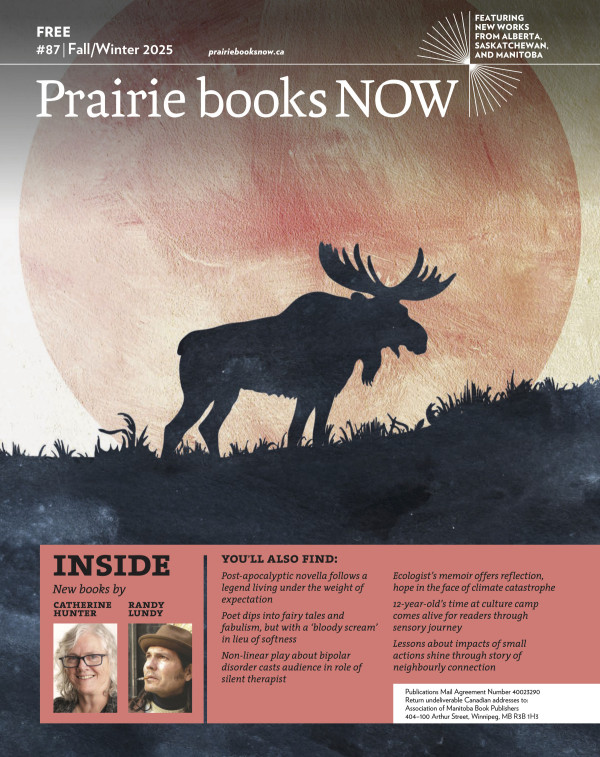For Cree writer Wanda John-Kehewin, author of Visions of the Crow, the inspiration to write a graphic novel for young people was personal.

- Visions of the Crow
- Wanda John-Kehewin, nicole marie burton (Illustrator), Kielamel Sibal (Illustrator)
- Portage & Main Press
- $23.95 Paperback, 80 pages
- ISBN: 978-17-74920-45-9
“It came out of the need to tell stories that I wished I could have read as a young person, instead of reading stories that I enjoyed, but couldn’t relate to because my life as an Indigenous child was not reflected anywhere in stories,” she explains.
Visions of the Crow, the first in the Dreams series of graphic novels, follows Damon Quinn, an Indigenous teen living in East Vancouver. He’s already facing a lot: racism, high school bullies, depression, and a parent struggling with alcohol use.
To top it all off, a mysterious crow seems to be following him, and Damon begins to have strange visions. These visions transport him through time and space, connect him to his family’s past, and show how intergenerational trauma can impact people in the present. It is a powerful story that proves knowing ourselves means understanding where we came from.
This is the first graphic novel for John-Kehewin, who has published two books of poetry: In the Doghouse and Seven Sacred Truths. There are similarities between the two formats, the writer notes.
“Graphic form is like poetry with pictures and tight dialogue; it tells the story in the least amount of words possible.”
John-Kehewin felt the story needed pictures, and collaborated with Ontario-based illustrator nicole burton to bring her words to life. burton, who has experience working on projects that deal with social issues, immediately felt a personal connection to the story.
“I try to be emotionally present for the material I’m working with,” she explains. “The first time I read Wanda’s manuscript, I cried. I felt the sadness and joy for the characters in her story, but also for how it echoed my own pain around alcoholism and intergenerational trauma.”

burton’s illustrations transport the reader into Damon’s world. The contrast between the dull, dreary colours of Damon’s everyday life and the vivid, colourful realm of his dreams in particular, highlight the healing power of learning from history.
That Damon is an ordinary teen on this extraordinary journey is even more inspirational for young readers, burton explains.
“I think Visions of the Crow offers a delicate hope to readers. The character Damon Quinn suggests that everyday kids who make mistakes and have difficult lives can also have breakthroughs and transcend their old pattern, and an important way to do this is by connecting with your past.”
John-Kehewin’s work offers Indigenous youth a chance to see themselves represented in stories. But the graphic novel, she says, is for everyone.
“It is for all audiences that would like a glimpse into the lives of Indigenous people who have been affected by colonialism, to show what that looks like in the hopes of creating space for understanding, compassion, and walking a mile in someone else’s moccasins.”
burton echoes the need for Indigenous representation in literature.
“Indigenous authorship gives the broader public a gateway to Indigenous ways of knowing and being that we desperately need – both to understand our past and prepare ourselves and our world for a very uncertain future.”













